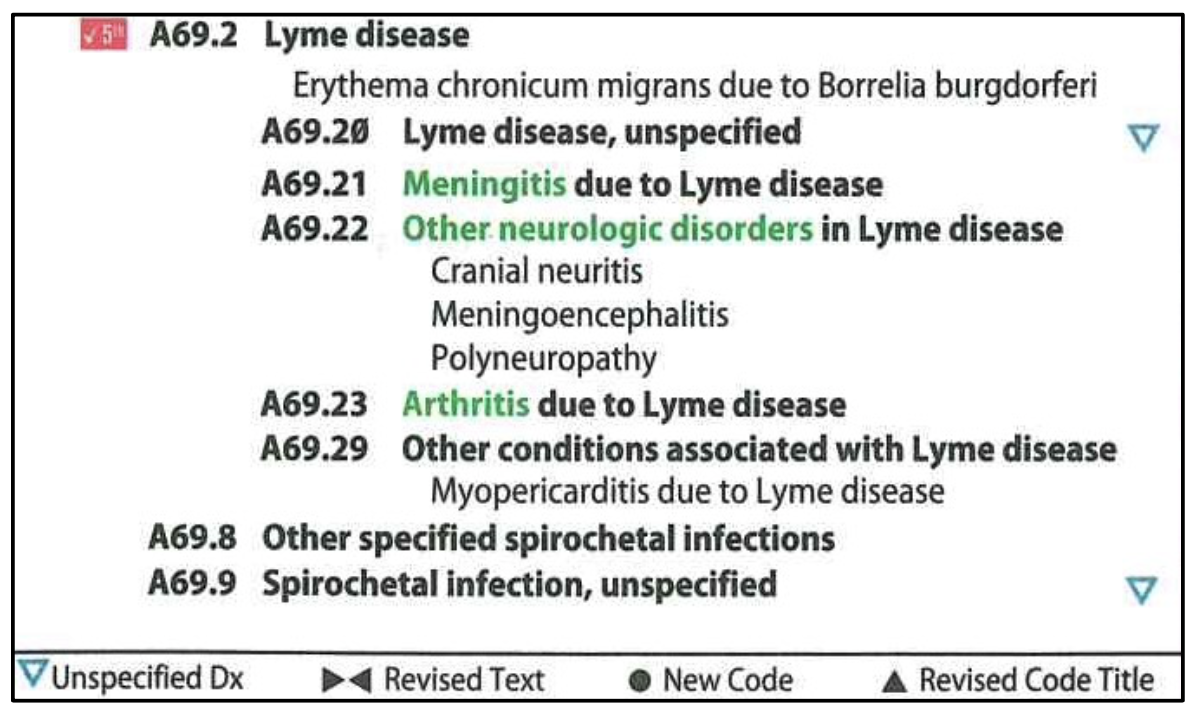By: Lorna Simons, CPC
Medco Consultants, Inc
A quick rule of thumb is if the patient is feeling fine with no other complaints, compliant with their medication and doesn’t require changes to their current dosage, just code the prothrombin check.
As discussed in National Government Services’ 99211 Job Aid, the provider can bill out an E/M in any of the following circumstances:
- Medication management is performed
- New symptoms or side effects are evaluated (i.e. bleeding or bruising)
- Modification is made to their current therapy
- Changes are being made to the patient’s management
- Current medications are noted with the level of compliance with their medication noted.
- The provider is treating another condition or concern at the same visit
Examples:
- If a returning patient presents concerned about drinking cranberry juice while on coumadin after seeing a day time talk show “expose” and the provider then has a 10-minute discussion with the patient regarding juices and medication, the provider can code a 99212 (Established Patient E/M, straightforward complexity) with CPT code 85610 Prothrombin time.
- If a patient notes increased bruising since there last prothrombin check and the provider assesses the bruising.
- If the provider treats a URI at the same visit as the prothrombin check.
It is important to remember that all the elements of an E/M should be documented to support the E/M visit.
Source:
NGS Procedure Code 99211 Job Aid, http://ow.ly/P4C230dZECS










